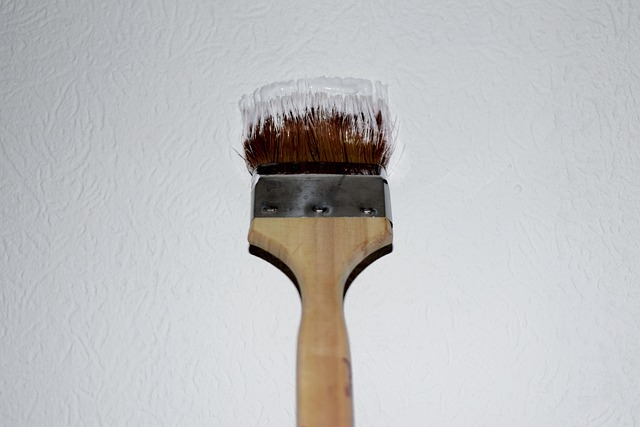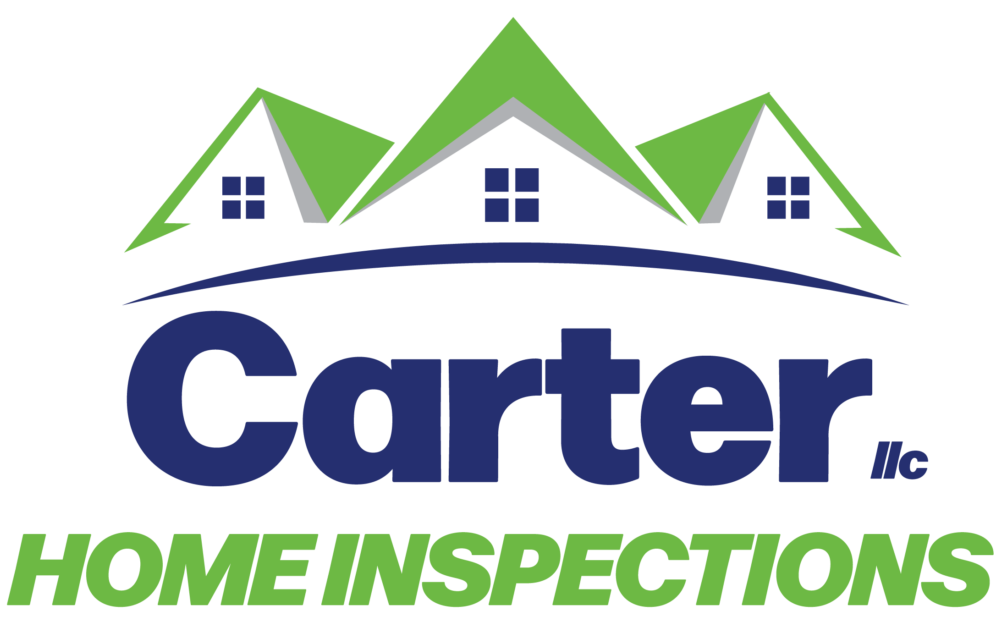Introduction
Mold rarely begins as a dramatic, obvious problem. More often it starts as faint staining, a musty odor, or subtle discoloration in hidden corners. When faced with these signs, it can be tempting to conceal the issue with paint, caulk, or new materials. Unfortunately, these quick fixes often create larger, costlier challenges later. Understanding why “masking” mold fails is the first step toward long-term protection of your property.
The Hidden Nature of Mold Growth
Mold thrives where moisture lingers. Behind drywall, beneath flooring, and inside insulation are ideal environments for colonies to grow undisturbed. Covering these areas does nothing to eliminate the underlying moisture source or fungal activity. Instead, it seals the problem in and allows it to spread out of sight. By the time visible damage resurfaces, the affected area is usually much larger.

How Cosmetic Repairs Can Backfire
Applying fresh paint over stained walls or sealing cracks with caulk may appear to “solve” the problem, but these actions can trap moisture inside building materials. Trapped moisture accelerates deterioration, weakens structural components, and can even compromise indoor air quality as spores migrate through gaps in framing or HVAC systems. What looked like a weekend fix can easily transform into a significant remediation project.
Long-Term Costs and Health Implications
Because mold reproduces via microscopic spores, concealment strategies rarely address the full extent of contamination. Prolonged exposure can lead to respiratory irritation for occupants, while persistent dampness undermines insulation and wood framing. Homeowners are often surprised to discover that an attempted cover-up leads to higher insurance claims, lower resale values, and more invasive repairs down the road.
Effective Steps Instead of Quick Fixes
Addressing mold correctly means eliminating the root cause: unwanted moisture. This could involve repairing roof leaks, improving ventilation, rerouting drainage, or replacing compromised materials. Professional assessment, moisture mapping, and laboratory testing—while they may sound more involved—are far less expensive than gutting multiple rooms after a hidden infestation spreads.
Prevention Through Vigilance
Routine inspections, especially in attics and crawlspaces, can catch small issues before they escalate. Using dehumidifiers, ensuring proper exhaust venting, and maintaining gutters all reduce conditions mold needs to thrive. The goal is not simply to remove visible growth but to create an environment where it cannot return.
Conclusion
Covering up mold may seem like an easy shortcut, but it’s one of the fastest ways to turn a manageable problem into a major one. Taking the time to identify moisture sources, treat affected areas thoroughly, and follow preventive practices ensures your property stays healthy and structurally sound. A little diligence now can save enormous effort later.
